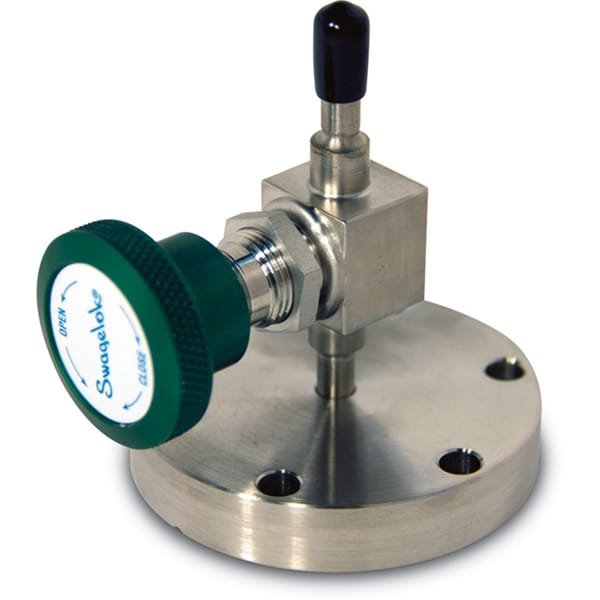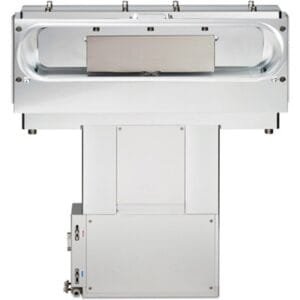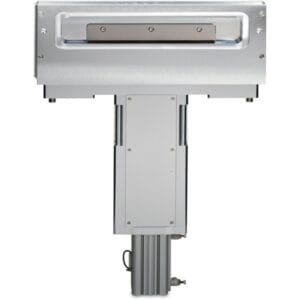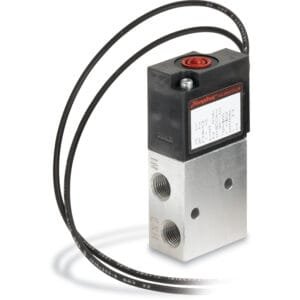Up to Air Valves: Versatile Venting Solutions
Our Up to Air Valves are designed for dual functionality: they can either vent a chamber to the atmosphere or serve as a gas inlet for backfilling.
Installation and Mechanism
These valves are mounted on KF and CF flanges and feature a bellows-sealed, manually actuated design. This ensures reliable operation and effective sealing for various applications.
Specifications Table
| Manufacturer | TFM |
|---|---|
| Pressure | Torr 1.000 x 10-8 Torr mbar 1.330 x 10-8 mbar |
| Temperature | Degrees Celcius Min: -60.00 ºC Max: 315 ºCDegrees Farenheit Min: -76.00 ºF Max: 599 ºF |
| Valve Body Material | 304L SS |





Reviews
There are no reviews yet.